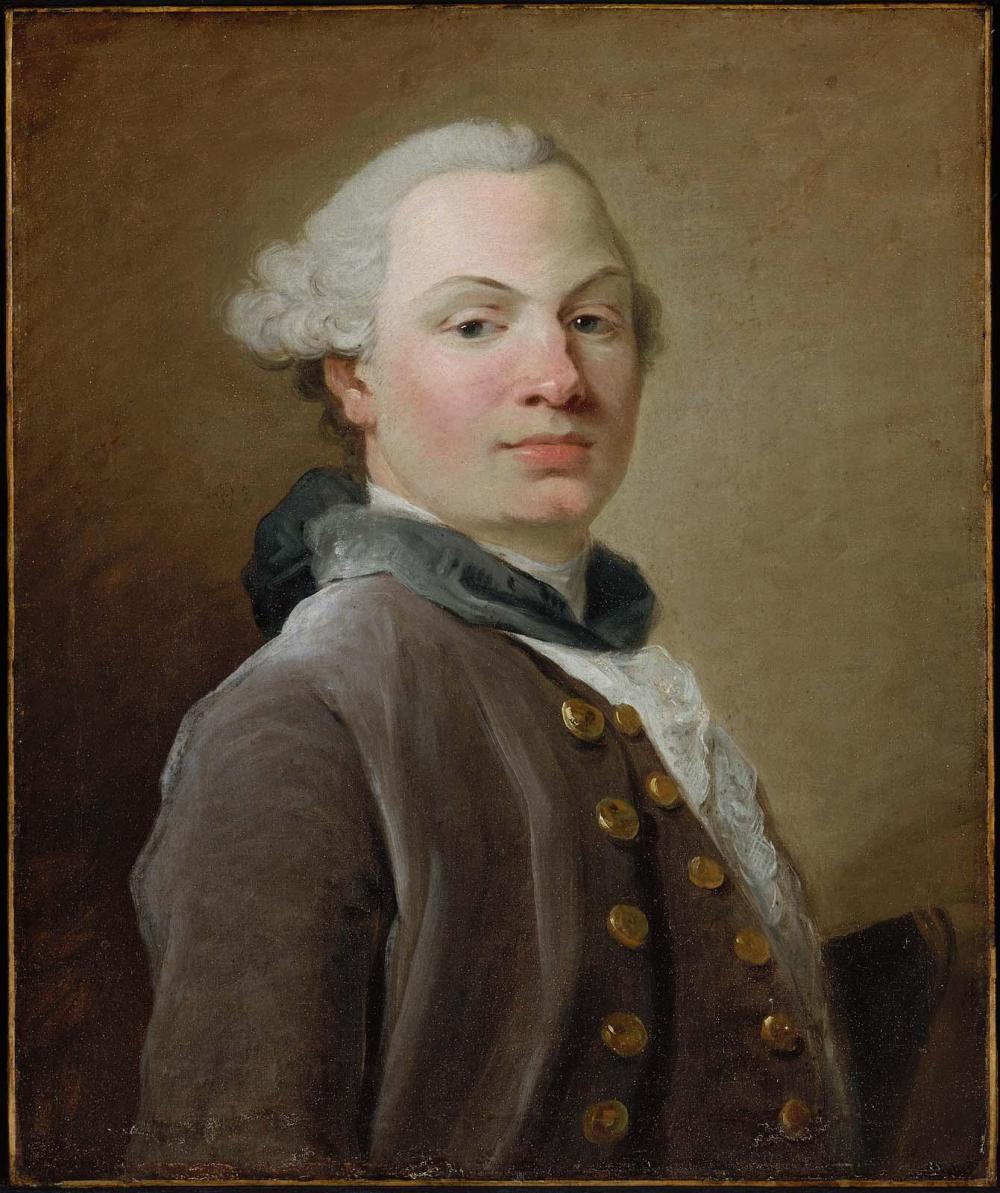Advanced Search 
(formerly identified as Francis Hastings, Earl of Huntington

Portrait of a Man
(formerly identified as Francis Hastings, Earl of Huntington
Jean Baptiste Perronneau (French, 1715–1783)
about 1747–48
Medium/Technique
Oil on canvas
Dimensions
60.3 x 50.2 cm (23 3/4 x 19 3/4 in.)
Credit Line
Bequest of Forsyth Wickes—The Forsyth Wickes Collection
Accession Number65.2652
NOT ON VIEW
CollectionsEurope
ClassificationsPaintings
When this painting entered the Museum’s collection, it was erroneously believed to be the portrait of Francis Hastings, 10th Earl of Huntingdon, that Perronneau exhibited in Paris to great acclaim at the Salon in 1753. Despite his early success—one critic enthusiastically pointed to “the lightness of…manner and…touch” of his painted and pastel portraits—Perronneau nonetheless struggled to find patrons in the French capital. From 1754 until his death, he was constantly on the move, working not only in provincial French cities but also in the Netherlands, Italy, Spain, England, Russia, Poland, and Germany.
ProvenancePossibly John Webb (b. 1799 - d. 1880), London, Kent and Cannes; possibly by descent to his daughter, Edith Cragg [see note 1]. 1937, Wildenstein and Co., Paris; January 23, 1937, sold by Wildenstein to Forsyth Wickes (b. 1876 - d. 1964), Paris, New York and Newport, RI [see note 2]; 1965, bequest of Forsyth Wickes to the MFA. (Accession Date: January 8, 1969)
NOTES:
[1] According to Wildenstein, the painting had belonged to "Mrs. Cragg, England," presumably Edith Cragg--daughter of the dealer and collector John Webb--who had inherited other eighteenth-century French paintings from her father.
[2] At this time it was sold, the painting was called "Portrait of a man, presumably the portrait of Lord Huntington."
NOTES:
[1] According to Wildenstein, the painting had belonged to "Mrs. Cragg, England," presumably Edith Cragg--daughter of the dealer and collector John Webb--who had inherited other eighteenth-century French paintings from her father.
[2] At this time it was sold, the painting was called "Portrait of a man, presumably the portrait of Lord Huntington."
